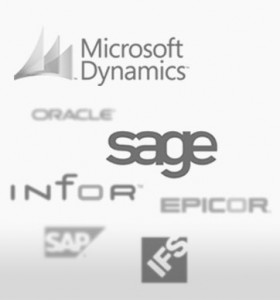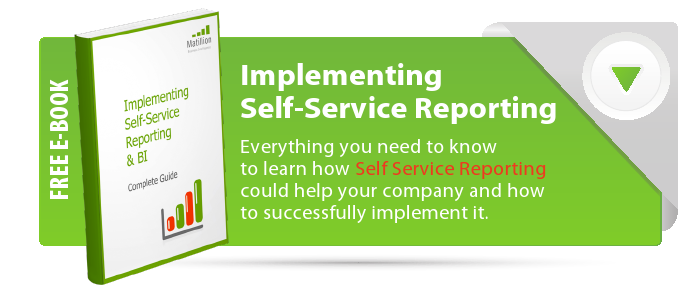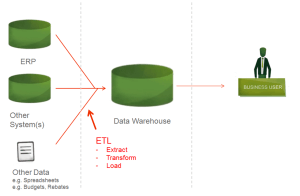- Blog
- 05.21.2013
- Data Fundamentals, Dev Dialogues
Integrating ERP Systems | A single version of the truth using Cloud BI
If you run multiple ERP systems within your organisation – perhaps across different sites, divisions or operating companies – getting a single view of management information and data can be tough. Using Cloud BI it is possible to quickly and cheaply integrate multiple ERP systems into a single version of the truth.

In this article we’ll look at how specific characteristics of Cloud BI solutions can help tackle this challenge. In a way that is faster, less intrusive and more cost effective than with traditional integration approaches.
The Challenge
You could have ended up with several ERPs (Enterprise Resource Planning) or other systems as your company has grown or through acquisitions. Perhaps you run one ERP in your headquarters and another in your branch office(s). You buy another company and they run a third system, from a third vendor.
However you ended up here, your company’s data is spread across multiple ERPs and systems.
What challenges does this present?
- Data is physically located on different servers, sites and countries
- It is held in different database technologies e.g. MS SQL, Oracle, Informix or older, proprietory technologies
- The “shape” of the data is different in each system, held in tables with different names, columns and structures
- Even if you run the same ERP vendor and version in different locations, coding schemes, product names, currencies and nominal accounts will differ from site to site
- Data quality and duplication issues will be present across the estate of systems

All this makes integration and reporting difficult. Whilst you may get a regular set of top-line numbers presented to you, perhaps through the use of a manual or automated financial consolidation process, it’s still really difficult to ask and answer a really simple company-wide question like, “what did we sell yesterday?”.
Data quality and consistency is a big challenge when you run multiple ERPs too. If you have multiple operating companies in your group, it’s likely they sell (at least in part) to some of the same customers or sell some of the same products. But are these named consistently?
These challenges can often only be resolved with expensive, error-prone, slow, manual reporting, often completed buy some of the most important people in the business – senior finance or IT team staff. Management information is slow to be issued. Bottlenecks form around key individuals. Managing the company as a whole is painful.
Why is Cloud BI Uniquely Placed to Help?
Cloud BI solutions are a real useful weapon when it comes to integrating mutliple ERPs, quicly and easily.
With a Cloud BI solution, such as Matillion BI, you can create a single, Cloud-based Data Warehouse. This can then be populated with data from each of your ERPs. Using ETL (Extract, Transform and Load) technology, you can implement business rules to unify product and customer codes, calculate currencies, exclude inter-company transactions and deliver a single, integrated, clean data set.

Cloud BI is zero-footprint and designed to be easy to use, so once you have your data integrated, it’s fast to allow managers to dive into it, build reports and self-serve.
Finally, integration technology such as the Matillion Data Accelerator, allows you to talk to any type of ERP, new or old, and consolidate information from around the world, delivering an always up to date view of the business.
So using Cloud BI, you integrate multiple ERP systems far more quickly and less painfully than traditional integration projects and potentially remove the need for costly and risky ERP consolidation projects.
Featured Resources
Enhancing the Data Productivity Cloud via User Feedback
Find a data solution that allows you the option of low-code or high-code, extreme amounts of flexibility, tailored for cloud ...
NewsVMware and AWS Alumnus Appointed Matillion Chief Revenue Officer
Data integration firm adds cloud veteran Eric Benson to drive ...
BlogHow Matillion Addresses Data Virtualization
This blog is in direct response to the following quote from ...
Share: